“‘I’m dating to find a wife, so if at any time you realize you can’t marry me, then just let me know. Also, whomever I marry has to be open to adoption.’
That was how my husband opened our first date. What he didn’t know was that I was an adult adoptee. It was like providence had brought us together. I’d never minded being adopted, so I figured I couldn’t be against it. And that’s how it started.
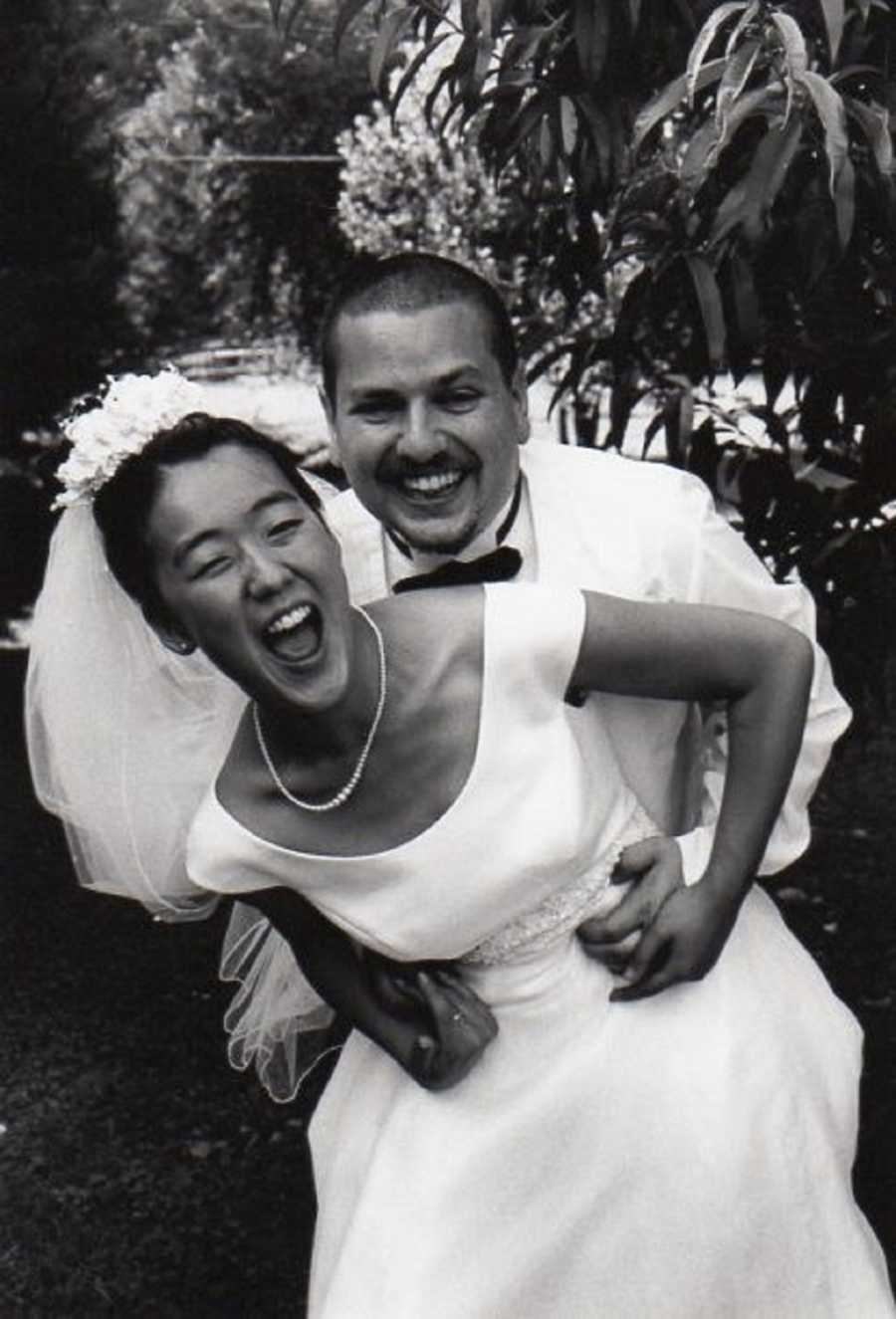
We married young at 20 and 23. We were bright-eyed, bushy-tailed, and so naïve. Our first two children came by birth, a boy and girl, two years apart.
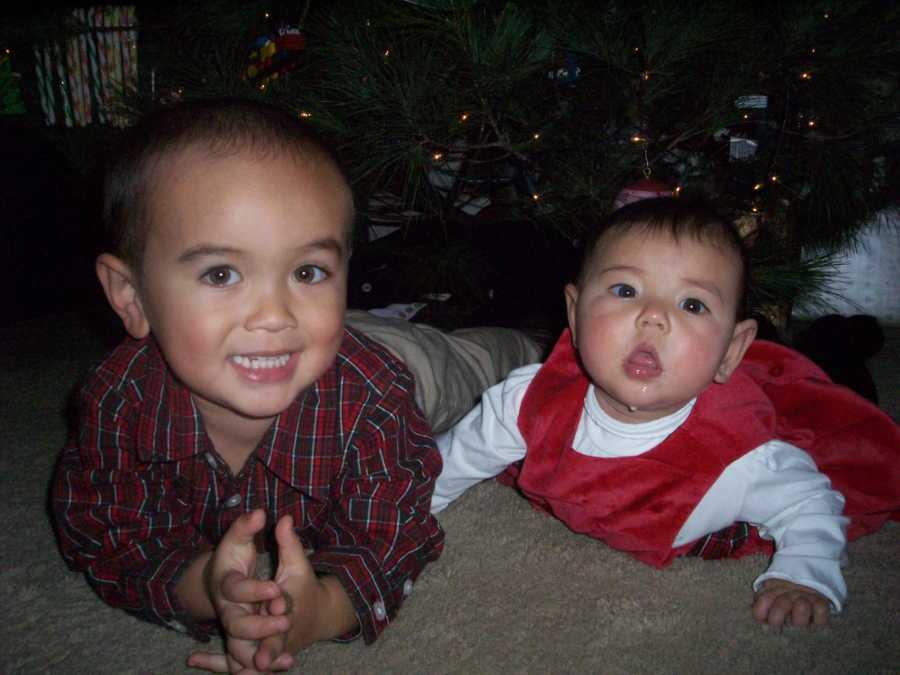
One day, while talking about our future plans to adopt, someone said, ‘I’ve heard you can’t have bunk beds when you adopt.’
I remember thinking, ‘Then, we should adopt now before we have bunk beds, then we can keep having more children.’
We started researching. We knew we didn’t want the unknowns of foster care. And it turned out we didn’t want the price of private adoption either. Maybe we were just meant to work tirelessly to help remove the barriers to adoption.
During my research into our new project, I came across a list of children from Korea who needed homes. They all had special needs, but two boys stood out because their needs seemed minor compared to the others.
I forwarded it to my husband with a note that innocently said, ‘Take a look.’
A couple minutes later, my phone rang. ‘Well, there were two boys…’
365 days later to the date, we were on a plane with both of our mothers and our two kids to pick up our toddler son.
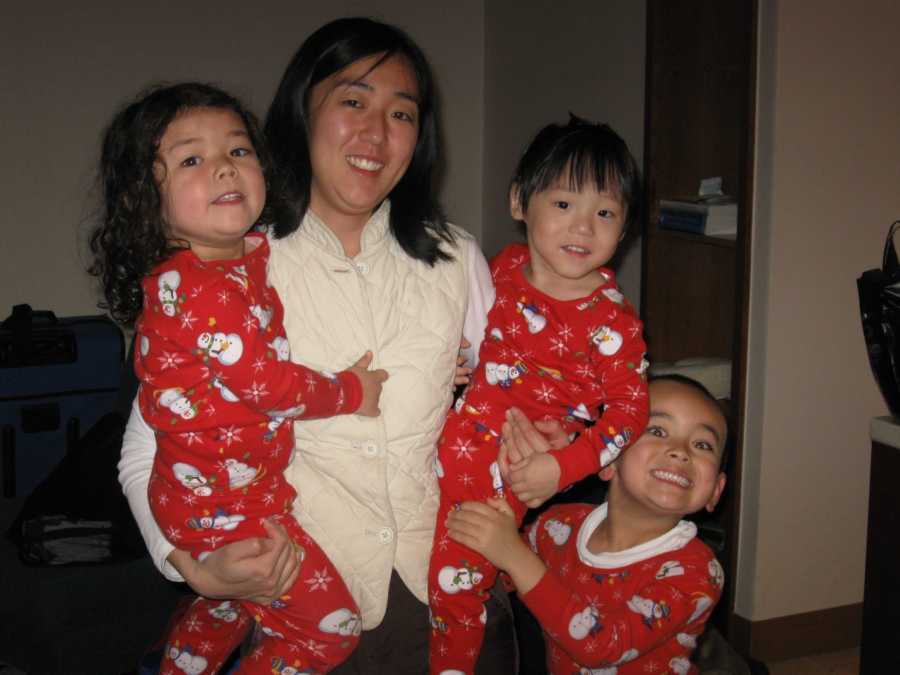
During our adoption training, we learned about the effects of institutional care on children, and how to be racially aware when bringing home a child from another country. However, our son had never been in an institution, and he was not going to be the only Korean in our family. Plus, our son was coming home with plenty of developmental years left. He should have no trouble transferring his attachment to us.
While transracial challenges and institutional behavior have not been problems, no one told us that surviving a stressful delivery and changing primary caregivers multiple times drastically changes the way a child processes his world.
Ty came home as a whirlwind. He was in constant motion and none of the parenting tricks that had worked on our first two kids worked on him. Correction and timeouts only made him angry and choose bigger and more aggressive behaviors to display. We were at a loss.
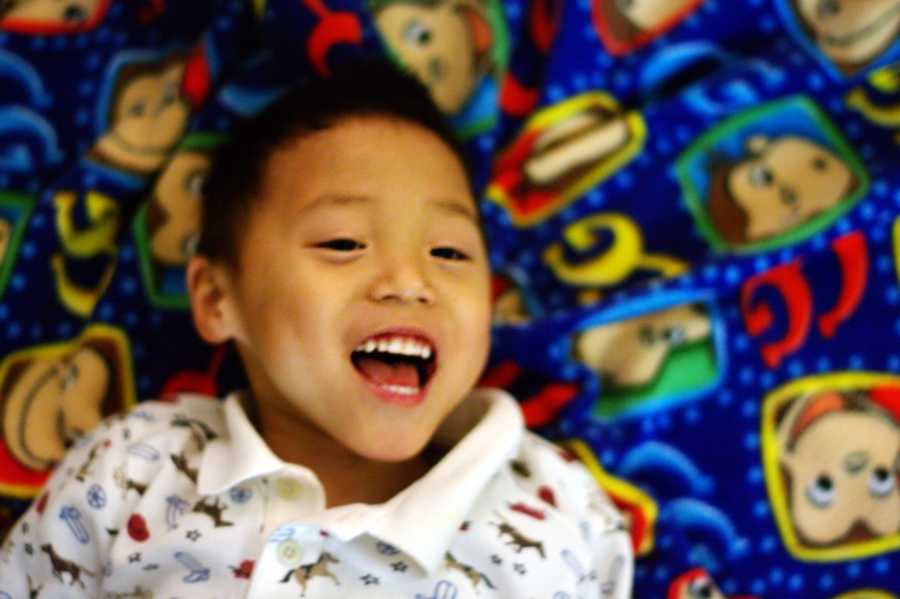
After months of researching and joining every Facebook group of adoptive moms I could find, I proposed to my husband that we go to Texas to be trained as parent trainers with an organization called Empowered to Connect.
What we learned about early complex trauma and how to understand challenging behaviors saved our family. Things weren’t perfect, but we were making progress. So much progress that we thought we were ready to adopt again.
‘The application is asking how many children we’ll take, which gender, and what ages,’ I called to my husband across the house.
There was a short pause. ‘Put down up to three kids, any age, any gender,’ came his reply.
‘Okay,’ I shrugged. That’s how we roll.
Six months later we were on a plane to Ethiopia with my father-in-law and all three kids to meet a 13-year-old girl and 14-year-old boy. They weren’t related. It turned out, however, that our 14-year-old son, John, was raised with another girl who was taken to the orphanage at the same time as him. After a bit more paperwork and an extra trip to Ethiopia, she officially joined our family.
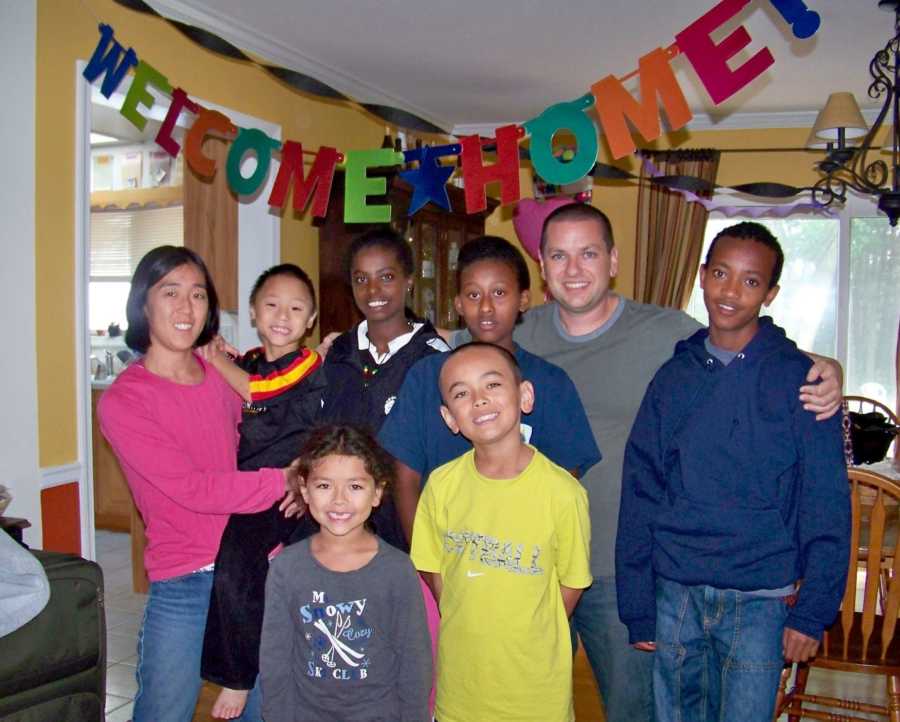
We went from three to six kids in two months. Then all hell broke loose.
Even as parent trainers, we were grossly unprepared to deal with the challenging behaviors kids display when they are fearful of attachment because people have let them down so many times before.
Our house became a chaotic warzone for over three years. Sure, there were moments of fun. Some we even captured on camera.
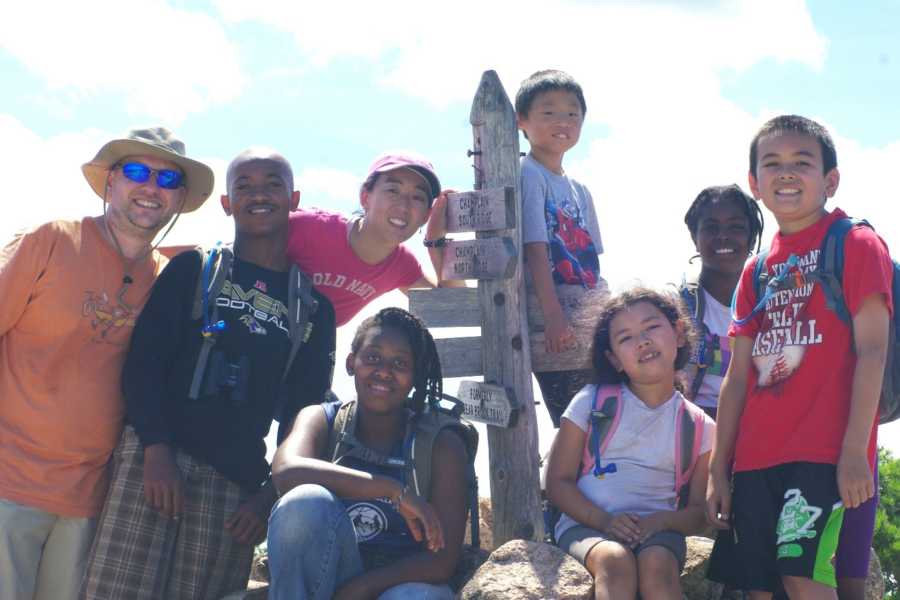
But our ship was sinking fast. At our lowest point, when we were begging for services and more help, a mental health worker told us that someone had to be hospitalized due to our child’s aggression before they could help.
We were devastated, and I was on the verge of my own mental health breakdown.
With a lot of prayer and acts of God, we were able to find the help we needed and get stable as a family again. We’ve reunited with kids who once were estranged and even welcomed a granddaughter.
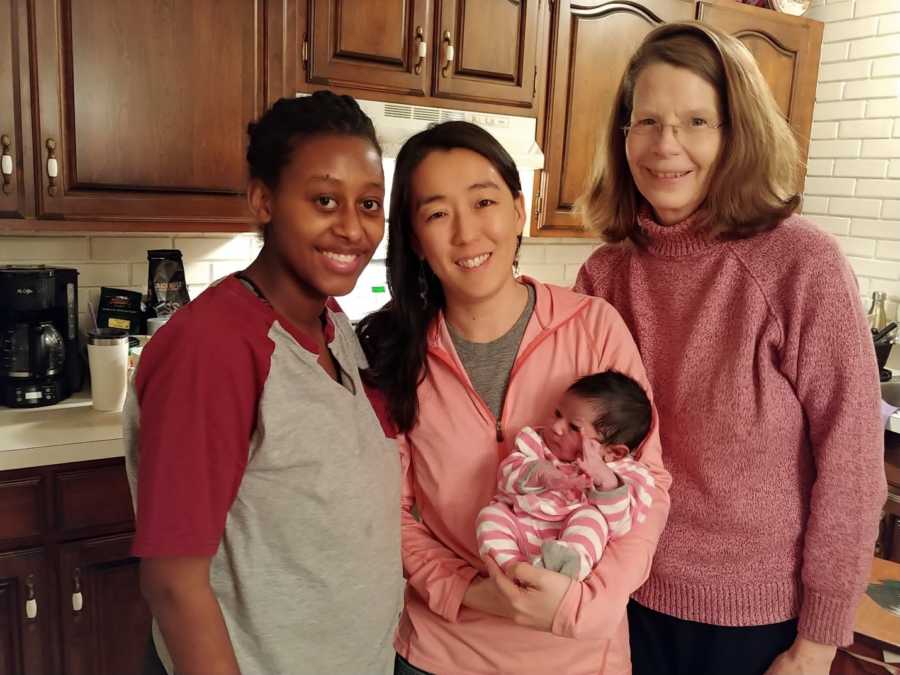
Once the fog lifted, I made a personal vow that I would do everything in my power to help other families have the resources they needed to parent in the craziest and worst of situations.
I paired up with another veteran adoptive mama, and The Adoption Connection was born. I now work full-time helping discouraged, battle-weary moms effectively parent kids with extreme behaviors.
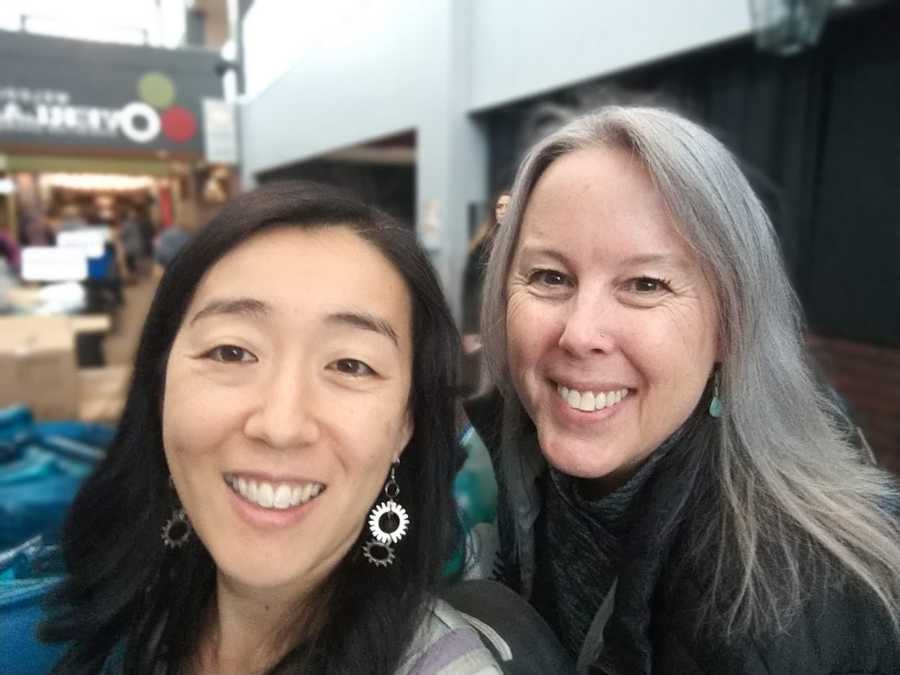
We provide the services and support that we wish we’d had when we were in crisis with no one to turn to.
Whenever I hear another mom sigh and say, ‘I’m so glad I found you. It just feels so good to be validated. I feel hope for the first time in years,’ I know our hard and crazy journey with our kids was worth it.”
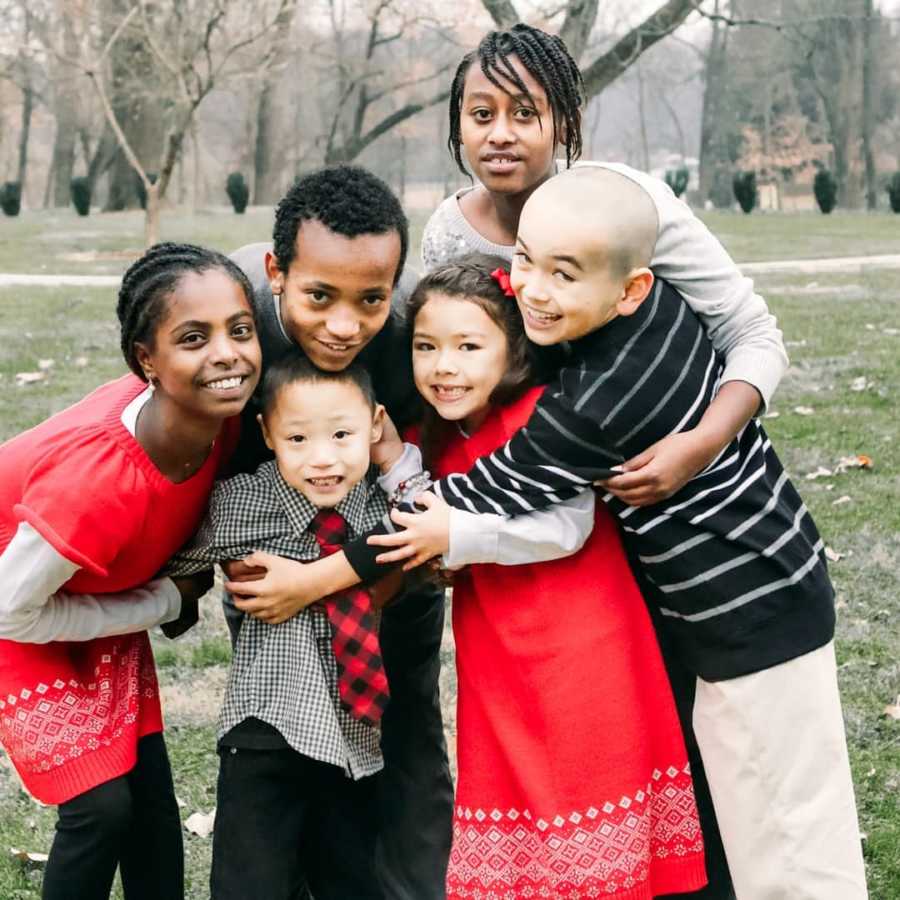
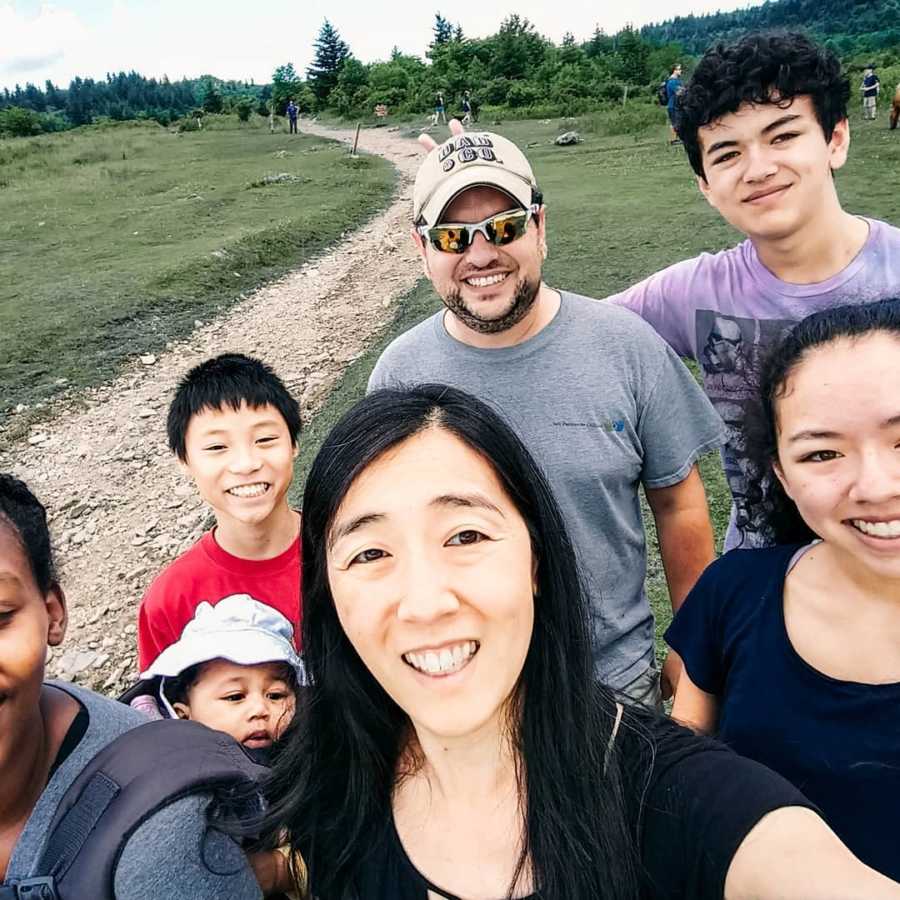
This story was submitted to Love What Matters by Melissa Corkum. You can follow her journey on Instagram. Do you have a similar experience? We’d like to hear your important journey. Submit your own story here, and be sure to subscribe to our free email newsletter for our best stories.
Read more inspiring adoption stories:
‘My mom won $24,000 and gave us the money to do IVF’: Woman’s BINGO WIN finally gives her TWINS
Help us show compassion is contagious. SHARE this beautiful story on Facebook with your friends and family.



